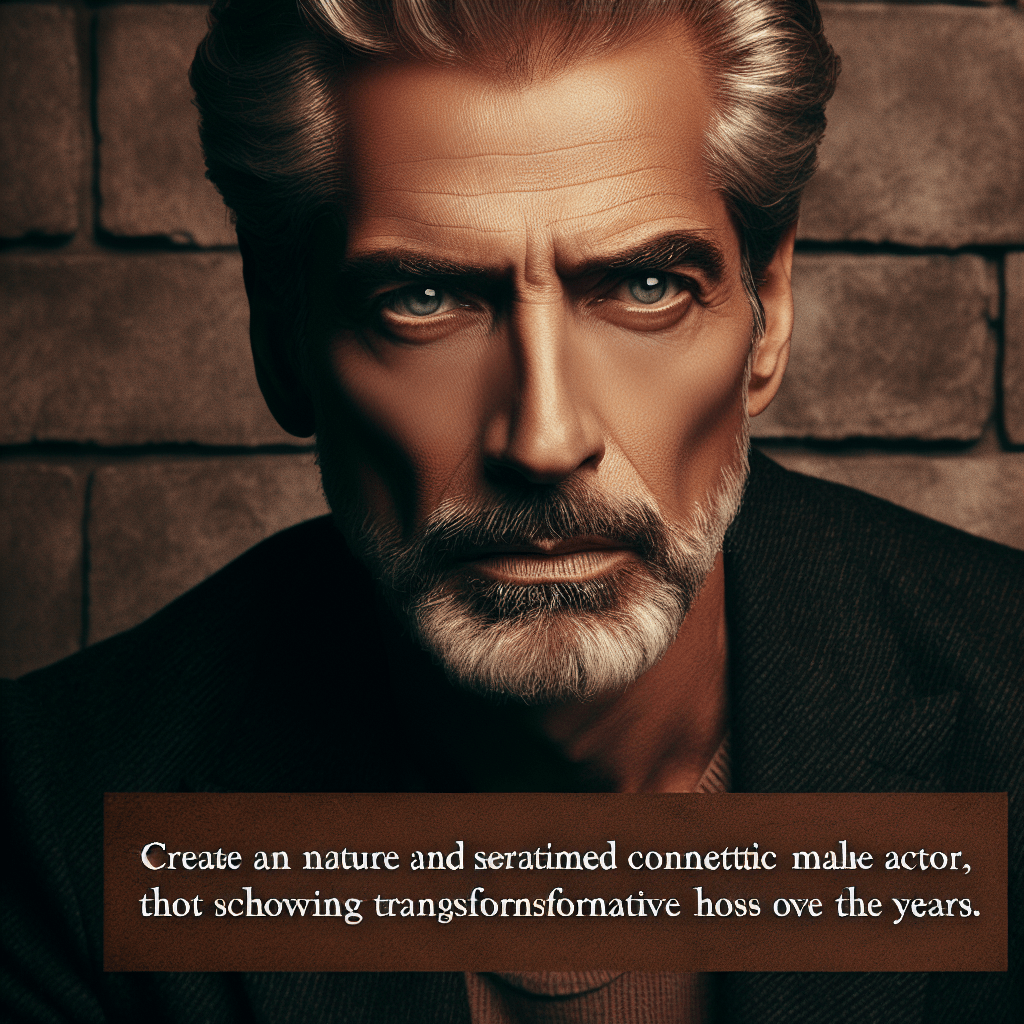Robert De Niro: An Icon of American Cinema
Robert De Niro, over the span of his career, has unquestionably become one of the most influential actors in the world of film. With a career that has spanned more than five decades, De Niro has showcased an unparalleled range in his performances, from crime films to comedies, often inhabiting characters with intense and complex inner lives. His partnerships with celebrated filmmakers, most notably Martin Scorsese, along with his own directorial ventures, have cemented his status as a cinema legend.
Early Life and Career Beginnings
Born on August 17, 1943, in Manhattan, New York, Robert De Niro hailed from an artistic family—both of his parents were respected painters and sculptors. Drawn to acting at a young age, he dropped out of high school to pursue his passion. He joined Stella Adler’s Conservatory and Lee Strasberg’s Actor’s Studio to learn his craft.
De Niro’s early foray into film was met with critical acclaim; Brian De Palma’s “The Wedding Party,” filmed in 1963 but released six years later, gave him his start. But it wasn’t until his role in the baseball drama “Bang the Drum Slowly” (1973) and his portrayal of the young Vito Corleone in Francis Ford Coppola’s “The Godfather Part II” (1974)—a role that won him an Academy Award for Best Supporting Actor—that he truly gained national attention.
Rise to Prominence and Acclaimed Roles
Following his Academy Award win, De Niro became one of Hollywood’s most sought-after actors. He frequently collaborated with director Martin Scorsese, creating a partnership that would produce some of the most memorable films in American cinema. His roles in “Taxi Driver” (1976), “Raging Bull” (1980), for which he won an Academy Award for Best Actor, and “Goodfellas” (1990) are often cited as his most iconic.
Yet Robert De Niro’s versatility is what distinguishes him from many of his peers. From the dark sociological grit exemplified in “Taxi Driver,” he turned to humor and satire with equal adeptness in films like “Midnight Run” (1988) and “Analyze This” (1999).
Later Career and Current Works
While some actors diminish in fame as they age, De Niro has remained a lasting presence in film. Even as he entered the latter stages of his career, he continued to take on varied roles in films such as “Silver Linings Playbook” (2012), which earned him his seventh Oscar nomination.
In addition to acting, Robert De Niro became a respected producer and director. His directorial effort praised by critics included “A Bronx Tale” in 1993. He is also a co-founder of the Tribeca Film Festival, which was created to help revitalize Lower Manhattan after the 9/11 attacks—a testament to his deep ties with New York City.
Legacy and Influence
De Niro’s impact on cinema goes beyond individual performances. He is renowned for his commitment to his roles—such as undergoing rigorous boxing training or gaining 60 pounds for Raging Bull—which have influenced an entire generation of actors on method acting and character immersion.
Moreover, his legacy lies equally in the relationships he’s formed with other giants of the film industry. His many collaborations with Scorsese are often studied in film classes for their exemplar visuals and representations of complex characters.
Notes
Image Description
An image of Robert De Niro prominently captures him perhaps during a classic cinematic moment: The focal point could be on his celebrated stoic gaze or showcasing the transformative intensity that has defined many of his roles over the years. The image would convey the depth and gravitas that have become synonymous with his body of work.
